Cracks in the System
Cybersecurity threats don’t always kick the door down—sometimes, they slip in through the cracks. This month, we’re spotlighting three subtle but serious security risks that could be undermining your defences right now.

SketchUp Pro provides a wide range of materials out of the box for some of the most common uses. However, in some cases you need to create your own.

The process is straight forward, all you need is an image file containing the pattern that you would like to repeat in the material.
The following workflow provides step-by-step instructions on how to create your own materials from an image and how to create a custom collection for them in SketchUp Pro.
From the Materials section of the Default tray, click on the highlighted icon to create a new material as follows:
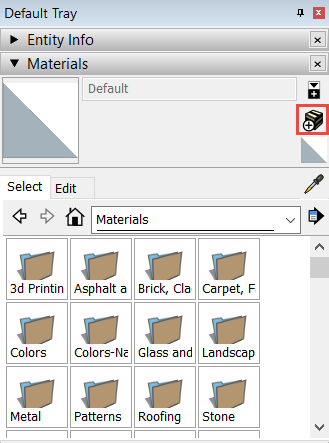
Select a name for your material, check the Use texture image option and browse to the image (supported file types below). Notice that you also have the option to select the size of the image in the material. If you then apply it to an area that is larger than these sizes, the image will be repeated to fit the entire space.
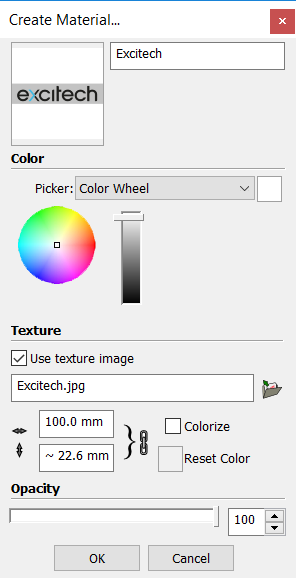
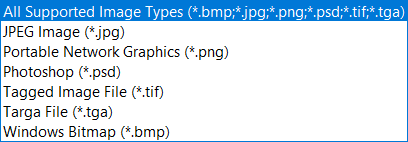
At this point, your newly created material will show in the Materials section of the Default tray, under the In model collection. If you save your model as a template (via File -> Save as template…), you can then use the custom material in any model that is created from that template.
If you want to access your materials from any model, regardless of the template, you can create a custom collection. In order to do that, you need to save your material as a Material file (*.skm).
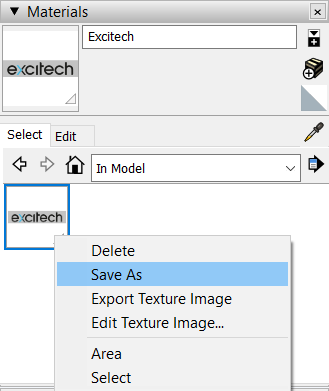
The Save As dialog will open in the following path C:\Users\<Username>\AppData\Roaming\SketchUp\SketchUp 2019\SketchUp\Materials. Create a folder in that location with a name of your choosing for the collection and save the material file in that folder.
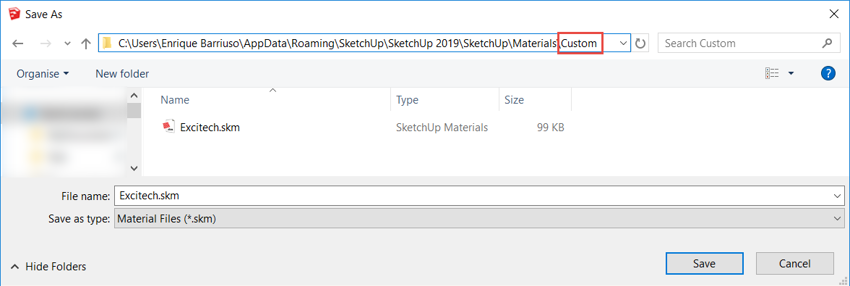
In order to add the collection, select Open or create a collection… from the Details button and pick the folder that you created for the collection in the previous step.

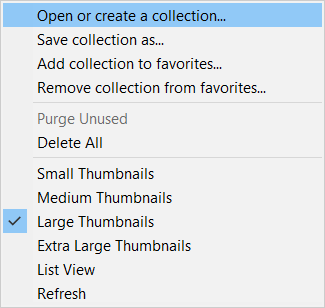
You can now access the collection from the drop-down menu, with all the materials that you saved in the folder.
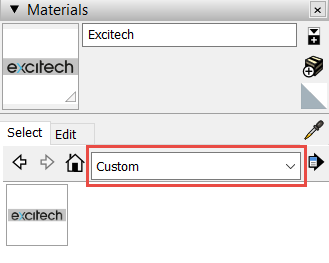
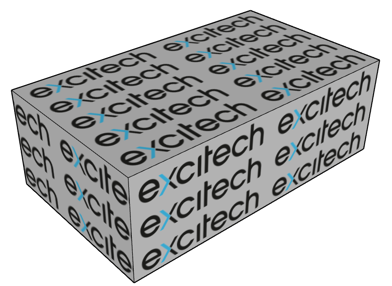
If you would like to know more about SketchUp Pro and its capabilities, please call 0345 370 1444 or email info@symetri.co.uk.
*Note, the above blog was created by Excitech prior to becoming Symetri in January 2021, following its acquisition by Addnode Group. All Excitech products, services and solutions mentioned in this blog are available through Symetri.
Cybersecurity threats don’t always kick the door down—sometimes, they slip in through the cracks. This month, we’re spotlighting three subtle but serious security risks that could be undermining your defences right now.
As 2025 comes to a close, we’re looking back at some of the most impactful cyber threats of the year and more importantly, what they reveal about the challenges ahead. From ransomware tactics to AI-driven phishing and risky app integrations, this round-up highlights where businesses have been most vulnerable and how you can strengthen your defences in 2026.
Learn what Product Lifecycle Management (PLM) is and how it helps teams manage product data, processes, and collaboration across the lifecycle. Discover the key benefits and PLM tools driving innovation.
